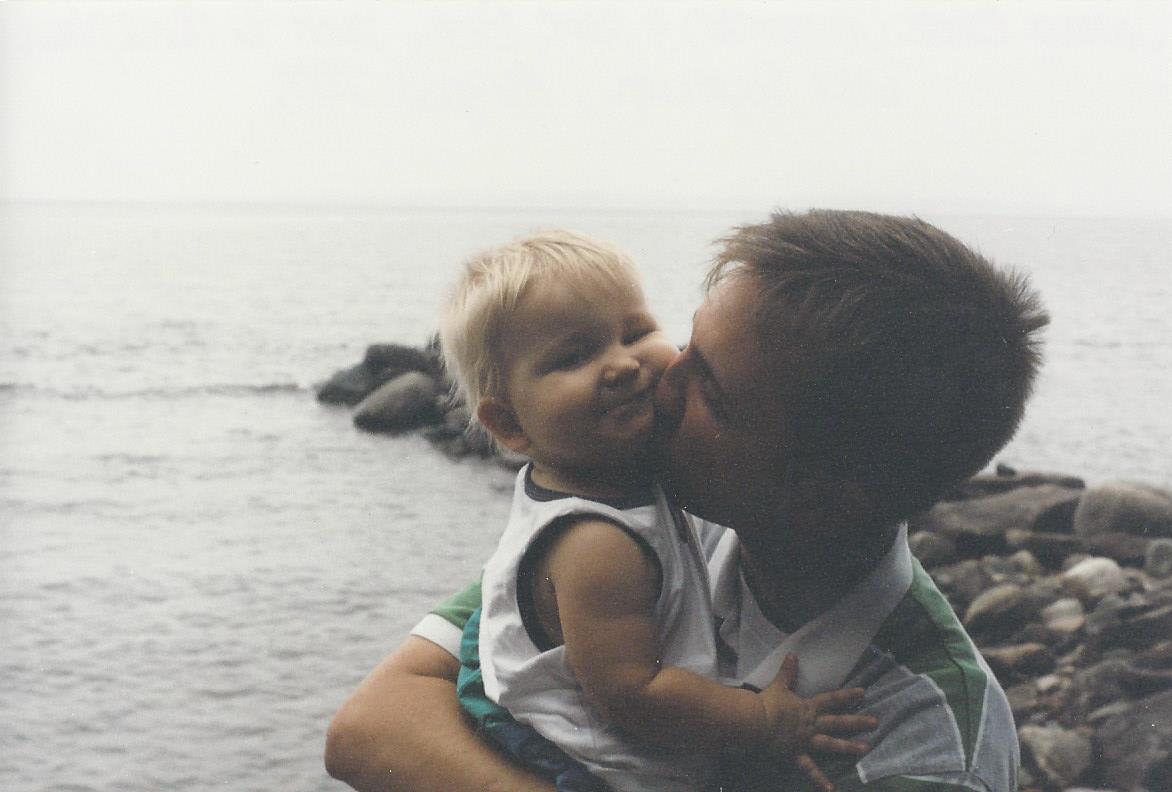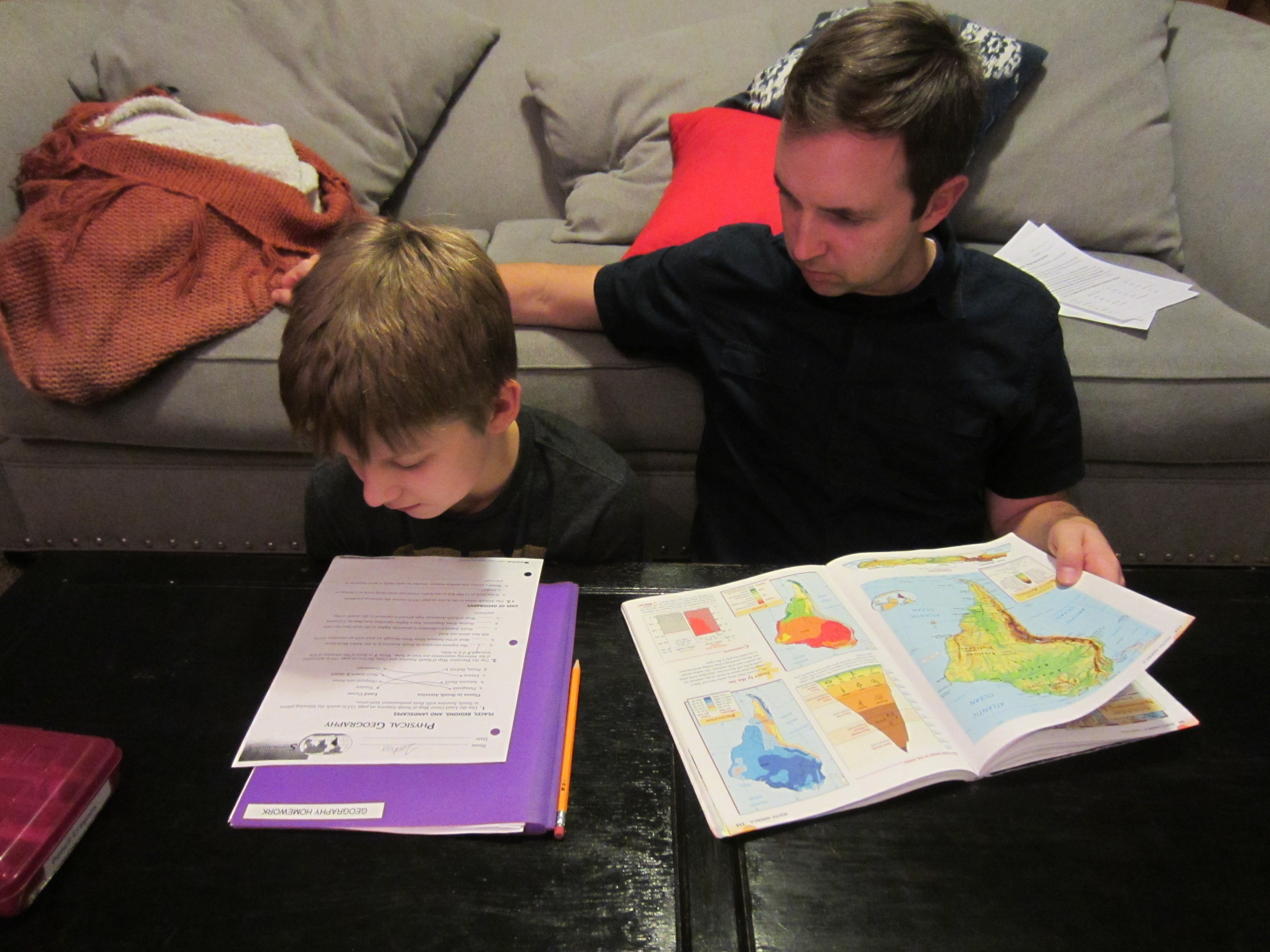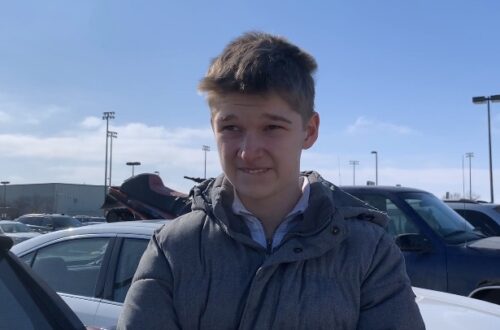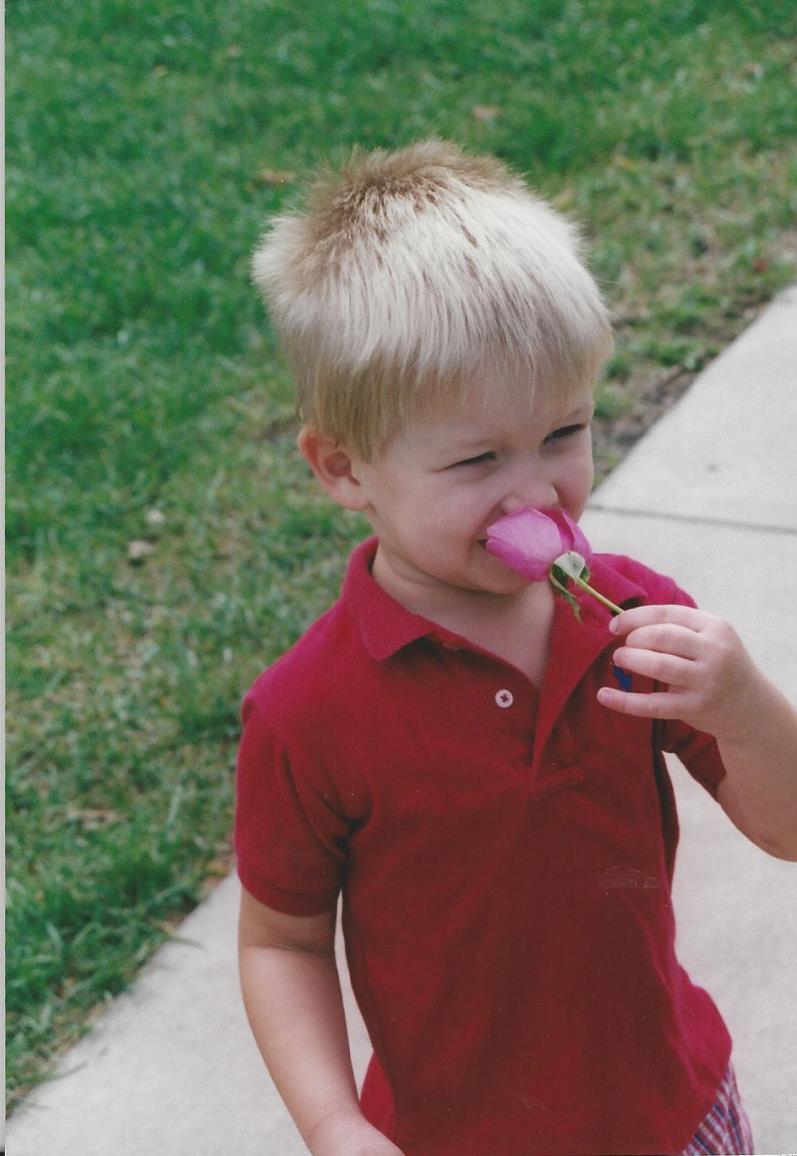
The Well Child

At the two year well child visit, J threw an epic tantrum in the examination room. I was alternating rocking W’s car seat with my foot while trying to wrangle J at the same time. Our Illinois pediatrician slipped out of the examination room and returned quietly with a photocopied piece of paper that looked like it was taken from 10-year-old medical textbook. “It’s some information about tantrums,” she said with a tentative smile. “Read through it. It’ll give you some tips.”

I did a quick scan in the parking lot when I had the kids immobilized and secure in their car seats, both of them screaming at the top of their lungs. Words like “consistency,” “discipline,” “patience” and “staying firm” popped up all over the page. Words that had popped up in the books I read before J started speech therapy and early intervention. Tips that didn’t really apply to our situation because even though it would be another year or so until J would officially receive an autism diagnosis, I knew there was something fundamentally “different” with him. I HAD TRIED ALL OF THE TIPS ALL OF THE TODDLER PARENTING TIPS HAD SUGGESTED AND NONE OF IT WORKED. J wasn’t like “the other kids.” I had explained to the pediatrician that he wasn’t talking, that some of the developmental milestones he was now doing (like walking) took him a few extra months than his peers, but J’s pediatrician just brushed it off and said that some kids just develop a little slower than others.
I started dreading every single well child visit. It was a physical knock down battle to get J to stay in the room without a meltdown—without him freaking out from the moment we entered the room about immunizations. I had to hold his head firmly so he wouldn’t puncture an eardrum as the doctor checked his ears. I had to hold his body down while the doctor checked his toes (he has extreme sensory sensitivity on his feet–at one time Steve and I had to sneak in his room while he was asleep to trim his toenails). I tried explaining J’s autism to our new Kansas pediatrician, thinking she’d be a little more patient and would at least understand diagnosis, but she didn’t seem to really “know” what autism was either.
Even though I really like J and W’s pediatrician here in Fargo, I still dreaded this week’s well child visits. I set up W’s first, knowing that she would pass with “flying colors.” I was hoping it would give me a little courage for J’s visit the next day.
“Height and weight look good. You say that she’s at or above grade level at school; she says her hobbies are music, reading, and soccer. She’s good. Looking at her, I have hope for America’s future,” Dr. W said, finishing the checklist items with a smile. I know he was half-kidding when he said it. But it still kind of bothered me for some reason. She won the genetic lottery inheriting a body with very few hiccups. She wasn’t born with any learning disabilities or emotional disorders. It’s just how she came.
Dr. W has been the only pediatrician that has been patient and understanding about J’s autism. He got us a referral right away when we had some suspensions about seizures, he understands J’s coordination is bad because of his autism, so he’s more patient when he asks him to do things like jump or touch a toe, or other coordination tests. He’s even split J’s immunizations up so he doesn’t have to endure 4 needles at once. But out of all the people who work with J, I feel like the pediatrician has (and probably always will be) the person on the team that knows the least about autism and the least about J.

J doesn’t meet the “hope of America’s future” requirements. During J’s well child visit, I explained to Dr. W the losing battle we’ve been fighting with the eczema around his eyes. He’s had it since November, and we went to the walk-in in December. I explain the finger picking issue and medications for J’s anxiety and ADHD that Dr. R and I have been visiting about every 3 months for years. I show him J’s ankle foot orthotics (AFOs) for his severe overpronation (not autism related). Dr W. made the referral to the specialist during our visit last year but he hadn’t seen them yet. I explained his weak muscle tension in his one arm and that the OT at school is working on that with him. In the middle of rattling off all of J’s ailments, and before I could prep J or remind Dr. W of J’s ear sensitivity, I watch Dr. W insert the otoscope in J’s ear, just as J takes a big, deep belly breath to stay calm.
“J, you’re doing so awesome!” I say excitedly. I wanted to give Dr. W my two minute replay of nightly mindfulness practice and how we’ve been using that as an extra way of helping the anxiety, and Dr. R’s thoughts about our new strategy, but by watching Dr. W’s clinical efficiency I know that it’s not at the top of his observation list. He’s checking out his rate of growth, encouraging preventative healthcare, and testing the basics of J’s human development. In-the-moment anxiety management isn’t on his radar. He’s interested in a very tiny piece of the overall J picture.
I feel like everyone else on J’s team: his psychiatrist, his child psychologist, his teachers, his paras, his occupational therapist, his speech therapist would have all seen how big that moment was. They would have been ecstatic to see how J used his deep breathing and took his flu vaccine and booster WITHOUT KICKING, BITING, SCREAMING, OR TEARS. Dr. W only sees J for 40 minutes once a year. He doesn’t really know J. It’s not really his job. Pediatricians aren’t specialists in autism, and that’s okay. I know this, but I still hate going to the pediatrician’s office. Because all of the poking and prodding usually sends J and all of the other autistic kids in the world into a frenzied mess. And that’s all the pediatrician—that primary medical contact—ever sees. That’s what autism looks like to them.

It still haunts me when I think of J’s well baby visits, neither his pediatrician nor I knew that inside that 90th percentile head of his there was a brain that was wired so very, very differently from the kids he was being sized up against on the development charts. That inside that body that registered at 90th percentile height and weight there were muscles that didn’t communicate with his brain like the other kids. When he was an infant he was perfect. No one knew anything different. All of those measurements and developmental milestones fooled us for almost two years.
Because there’s so much more to a well child than just inches and pounds.




